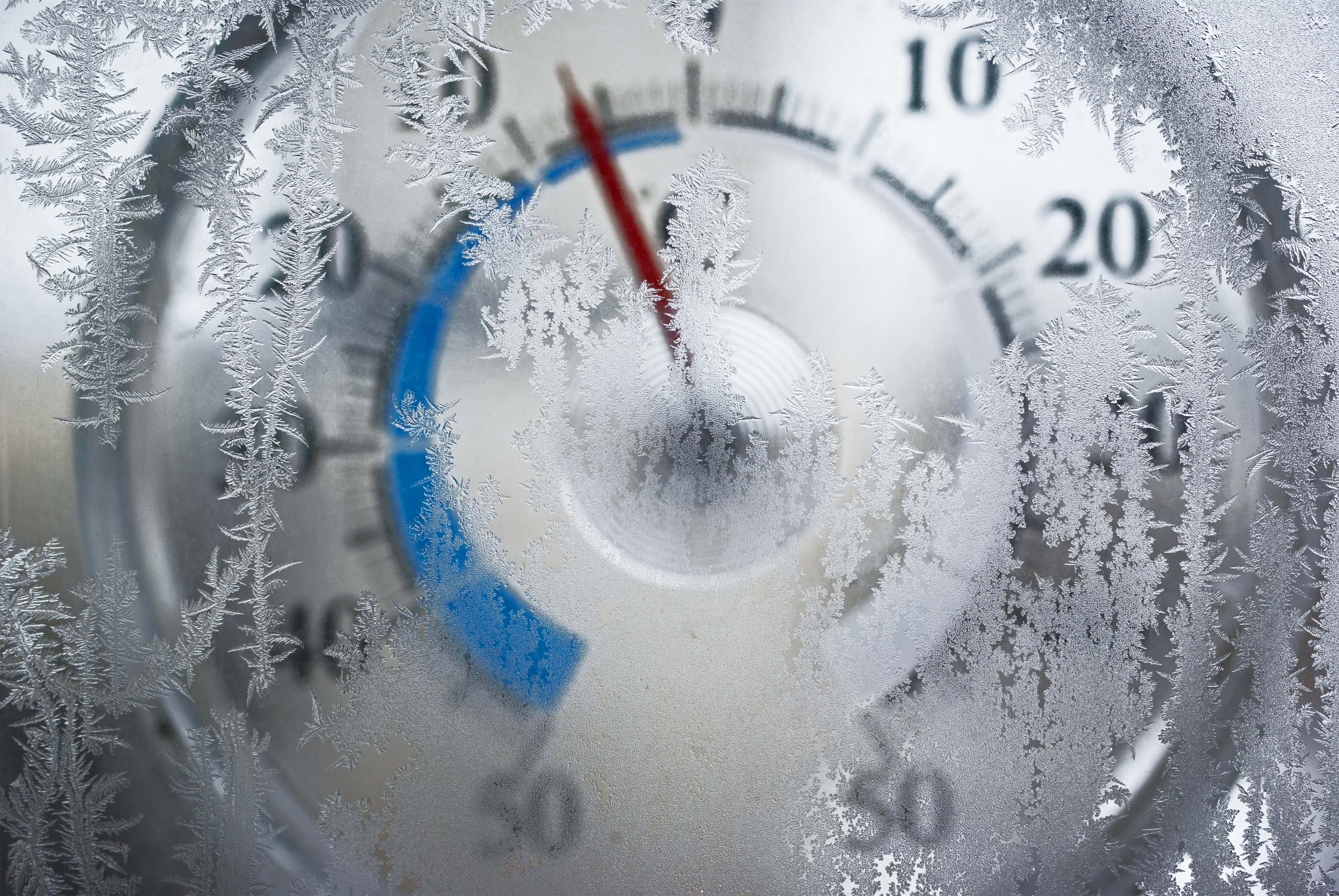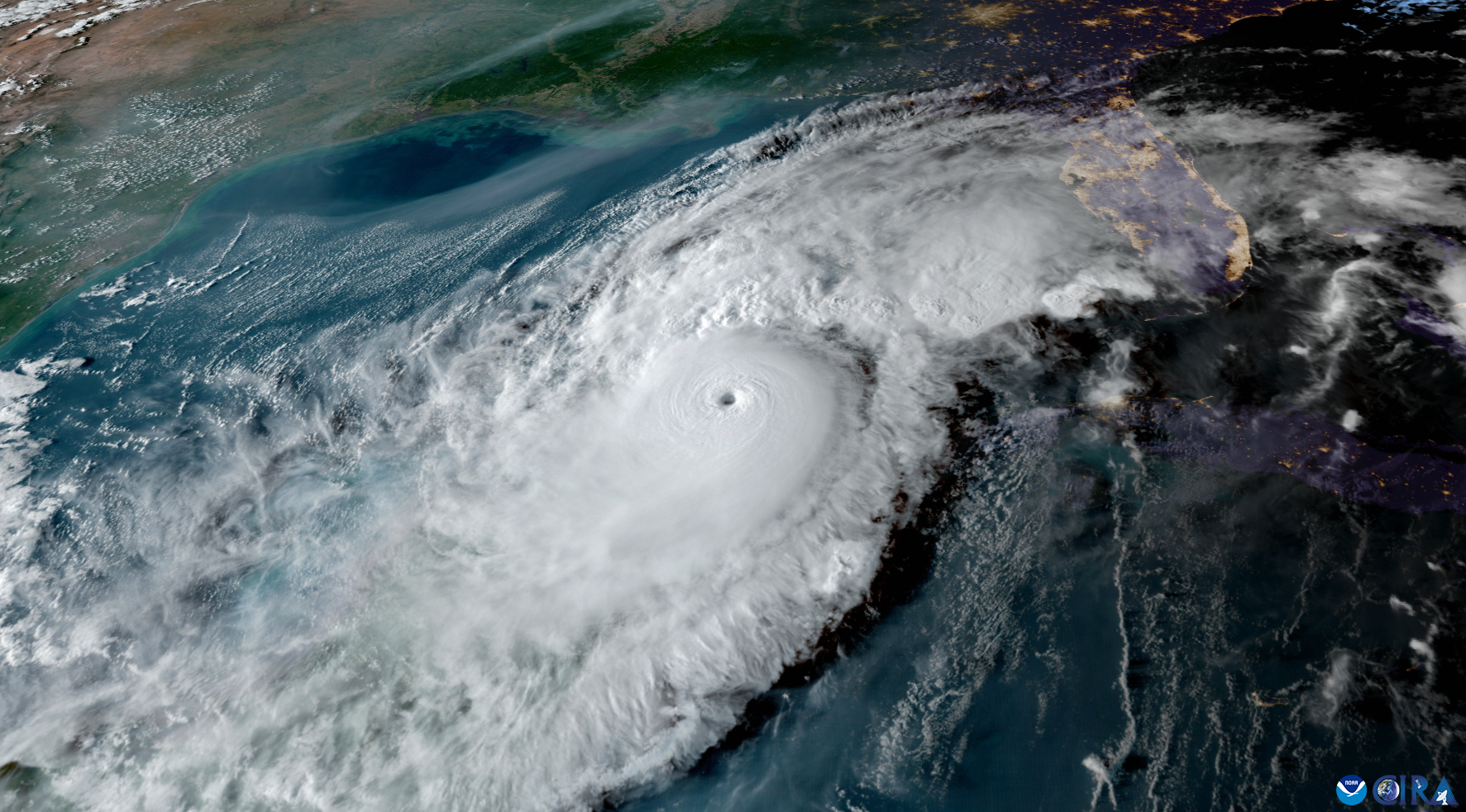Preparation and Education
- Make sure your emergency response plans have contingencies for severe weather events and establish communication methods to distribute information about weather emergency contingencies to your employees.
- Educate your employees on the different weather alerts issued throughout the Winter so they can understand the difference between a Winter Storm Watch and a Winter Strom Warning. According to the National Weather Service, a Winter Storm Watch is issued when there is the potential for significant and hazardous winter weather within 48 hours. It does not mean that significant and hazardous winter weather will occur...it only means it is possible. A Winter Storm Warning is issued when a significant combination of hazardous winter weather is occurring or imminent.
Snow and Ice Removal
- Make arrangements with contractors for snow and ice removal. Ensure that contracts list specific triggering events (event duration, precipitation totals, etc.) and activities that will be completed by your vendor (snow removal, ice melt application, etc.). Be sure to review your contracts for indemnity provisions and insurance requirements and talk to your Insurance Broker about your insurance coverage. Having the right language in your contract can help shield your business from liability that should fall on your snow removal vendor.
- Ensure that emergency exits and pathways are cleared of snow and ice.
- Establish a safe area for snow to be piled that allows for safe melting, proper drainage, and traffic visibility.
- Ensure adequate snow removal equipment is available for your own staff, including shovels, brooms, snow blowers, and ice melt chemicals.
- Assign a responsible staff member to monitor weather conditions so that emergency plans can be implemented.
Water Systems
- Make sure that any outdoor hose bibs are shut off and hoses are disconnected.
- Contact your sprinkler contractor to ensure that drip legs in dry sprinkler systems are drained in any non-heated spaces.
- Make sure any vulnerable piping systems are insulated or heat traced appropriately.
Roofs and Gutters
- Determine at what point snow may need to be removed from roofs. Ensure that a safe procedure is established to ensure this task can be done safely.
- Inspect roofing surface to ensure it is in good condition and make repairs as needed.
- Make sure gutters, downspouts, and roof drains are clear of leaves and debris to prevent ice buildup.
Doors, Windows, and Entryways
- Make sure all windows and doors are intact and operating properly, this includes window glass and weather seal. Add caulk and insulation as needed to prevent freezing.
- Use entry walk-off mats to collect water from shoes.
- Put out “Wet Floor” signs when there is a risk present
- Stage snow and ice melt supplies near building entrances.
- Provide umbrella bags by building entrances to prevent water dripping on floors.
- Ensure adequate lighting along all building walkways during the shorter winter days.
Heating Systems and Electrical Systems
- Service heating systems in accordance with manufacturer’s recommendation.
- Set a temperature monitor in unoccupied areas to prevent freeze ups.
- Ensure emergency generators are working properly and fuel is available if needed. If portable generators are used ensure that they are used in a safe location, well away from doors and windows and that Carbon Monoxide detectors are placed in the building.
- Check that nearby trees and branches that could fall during winter will not impact power systems. Cut back any vegetation that could impact power systems.
Winter Driving
- Establish policies and procedures on operation of vehicles during winter storms.
- Make sure vehicles are maintained properly prior to winter weather. Check that tires are in good condition and properly inflated. Have brakes and battery checked by a mechanic.
- Instruct drivers to keep fuel tank filled above half full and that windshield washer fluids should be filled and checked regularly.
- Provide winter emergency supplies in each vehicle. These should include:
- extra clothing (gloves, hats, jackets etc.)
- blankets
- fully charged cellphone and charging cords
- flashlights with extra batteries
- brightly colored cloth to use as a flag
- drinking water and non-perishable food
- ice scraper
- small shovel
- small sack of sand for traction
- windshield washer fluid
- flares
- jumper cables
- first aid kit
If you have questions about how to make sure your business if prepared for winter weather please contact your Graham Company Account Manager, Safety Consultant or Claims Consultant.








EB.jpg)